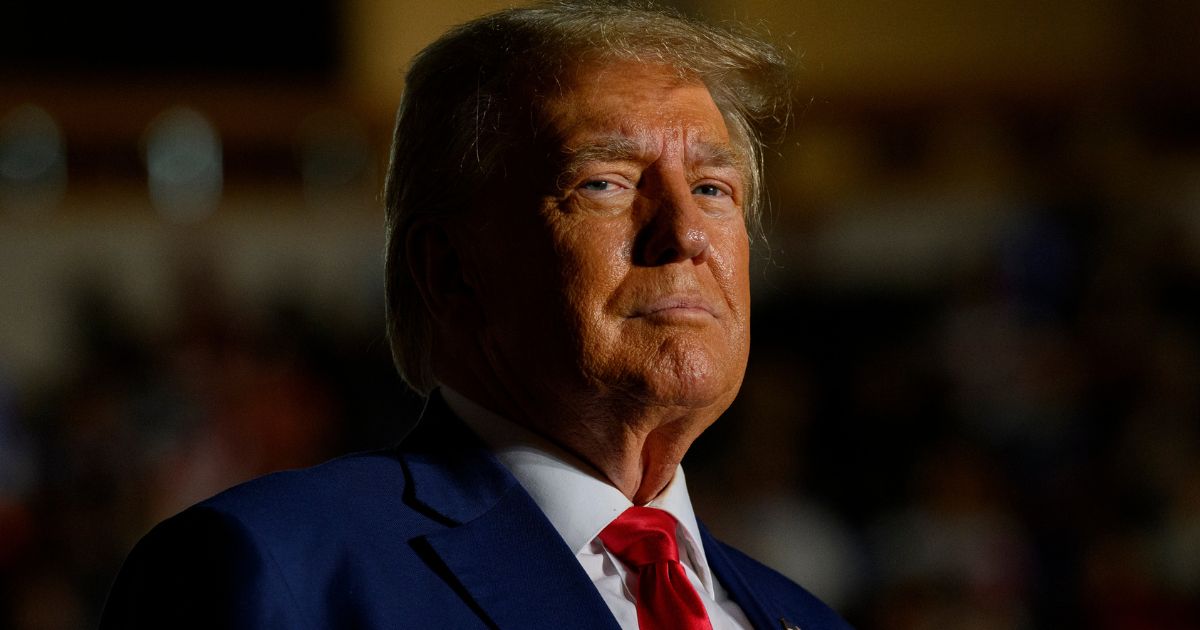Let’s be clear: Donald Trump is doubling down on military spending, and he’s doing it with characteristic bluntness. Speaking at West Point’s graduation ceremony yesterday, the President emphatically declared that his administration will not be cutting the $1 trillion defense budget. Not one dime.

Photo source:www.westernjournal.com
He wasn’t shy about it either. He openly questioned why anyone would even ask about cuts, hinting that savings should be found elsewhere. This isn’t just about dollars and cents, folks; it’s a statement of priorities – or, more accurately, a stubborn refusal to acknowledge any priorities beyond a heavily armed America.
This stance flies in the face of ongoing debates about national debt and the allocation of resources. Critics point to potential investments in infrastructure, healthcare, and education that could be funded with even a modest reduction in military expenditure. But Trump isn’t listening.
It’s a critical moment for understanding the direction of US economic policy.
Understanding the Significance of a $1 Trillion Defense Budget:
The sheer scale of $1 trillion is almost incomprehensible. It represents the single largest discretionary expenditure in the US federal budget.
This funding supports not only personnel costs and equipment procurement but also extensive research and development, fueling a significant portion of the US technological sector.
Historically, increased military spending has often been linked to economic growth, though this relationship is frequently debated by economists.
However, critics argue that the opportunity cost – the potential benefits from alternative investments – is often ignored in these calculations.
Ultimately, Trump’s unwavering commitment to military spending signals a preference for national security, as he defines it, over other societal needs.






